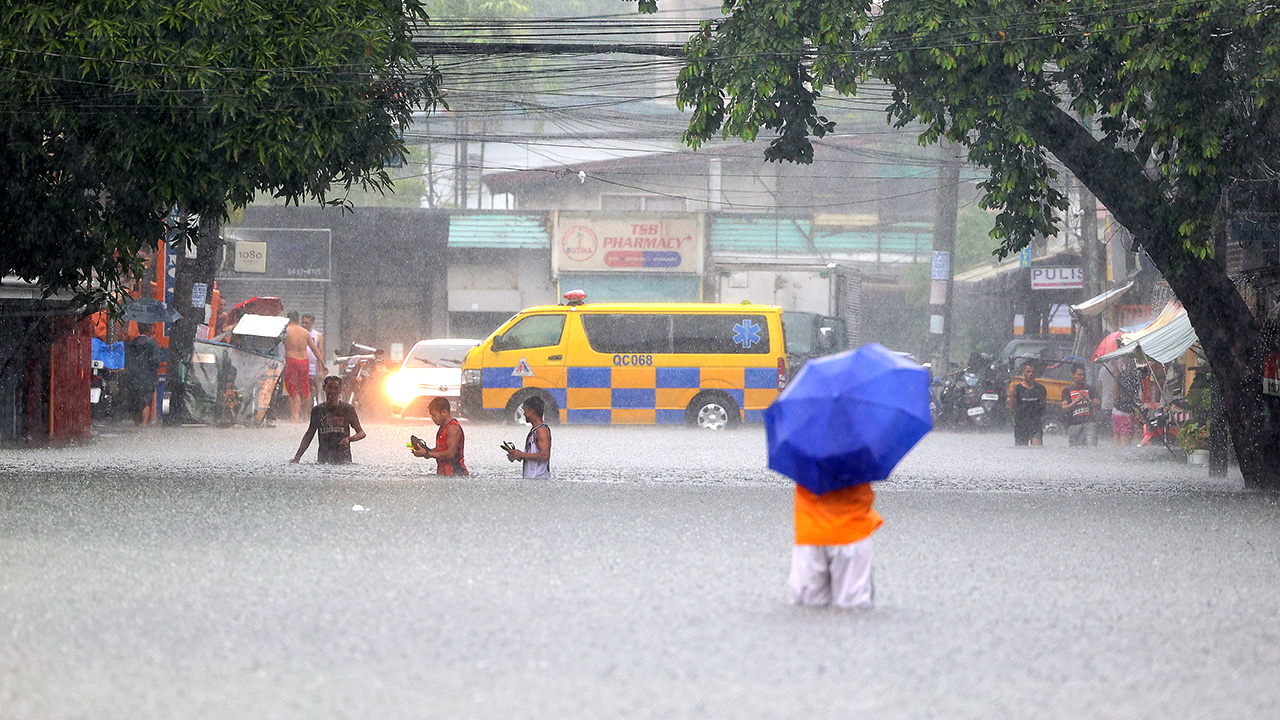
DISASTER RISK reduction expenditure declined by 52.4% in 2022, to P315.89 billion, the Philippine Statistics Authority (PSA) said.
The PSA defines disaster risk reduction expenditure as “activities undertaken to preserve and protect society, the economy, and the environment from disasters.”
“Disaster risk reduction expenditure accounts allow us to monitor the resources allocated and demonstrate how investing in (it) saves lives and resources from a cost-benefit economic point of view,” it added.
Disaster mitigation accounted for a little over a third of total expenditures, equivalent to P107.97 billion, 64.5% higher compared to a year earlier.
“Disaster mitigation includes activities and measures to reduce existing disaster risk or to limit the adverse impacts of a hazardous event. Activities and measures (include) structural measures and construction, non-structural measures, land-use planning, and early warning systems management,” the PSA said.
Expenditure on disaster prevention dropped 50.4% to P77.98 billion. This includes “activities and measures to avoid existing and new disaster risks,” as well as the “risk prevention in advance of hazardous events and risk prevention in or after a hazardous event.”
Disaster management expenditure — items related to preparedness and emergency management — fell 57.4% to P75.65 billion in 2022.
“Disaster management is the organization and management of resources and responsibilities for creating and implementing preparedness and addressing all aspects of emergencies and other plans to respond to, and to decrease the impacts of disasters,” the PSA added.
Meanwhile, disaster recovery spending fell 79% to P54.29 billion.
“Disaster recovery involves the restoration and improvement of livelihoods and health, as well as economic, physical, social, cultural, and environmental assets, systems, and activities of a disaster-affected community or society, aligning with the principles of sustainable development and “build back better,” to avoid or reduce future disaster risk. This includes relocation, rehabilitation, and reconstruction,” it said. — Luisa Maria Jacinta C. Jocson



